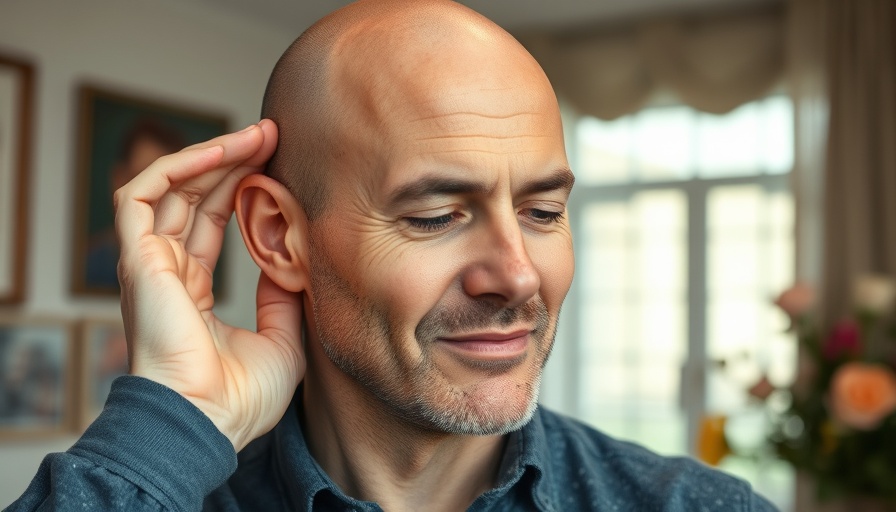
The Ear Trick You Never Knew You Needed
Have you ever felt overwhelmed by stress or anxious about the day's challenges? Many of us have a go-to strategy for when life's pressures start to mount, whether it’s a brisk walk, a deep-breathing exercise, or simply reaching for our favorite snack. But in today's fast-paced world, sometimes we need a quick and effective way to calm ourselves in mere seconds. That’s where an ingenious ear trick comes in—a simple yet powerful method to help soothe anxiety and promote relaxation.
In 'Ear Trick That Calms You in Seconds!', the discussion dives into a captivating method for relaxation, exploring key insights that sparked deeper analysis on our end.
Understanding the Connection Between Ear Touch and Health
In the video titled Ear Trick That Calms You in Seconds!, a fascinating technique is introduced that involves applying pressure to specific points on the ear. This method is rooted in the principles of neuroscience and holistic wellness, showcasing how our body’s natural pathways can profoundly impact our mood and mental state. By simply engaging with these points, individuals may experience enhanced relaxation and stress relief, making it an invaluable tool in our self-care arsenal.
The Science Behind the Technique
This ear technique is closely related to concepts in acupuncture and chiropractic care, where targeted pressure helps release tension and improve circulation. As we press on certain points, we stimulate nerve endings that link to our brain's stress response, often resulting in immediate calmness. This practice not only encourages relaxation but can also alleviate symptoms of sinus congestion and promote better sleep. It exemplifies the beauty of natural healing and the significance of listening to our body's needs.
Practical Steps to Achieve Calmness
If you're curious about how to implement this technique, here’s how:
- Find a quiet space where you can relax.
- Using your thumb and index finger, gently pinch the top of your ear.
- Apply light pressure and breathe deeply for a count of four, then release.
- Go on to various parts of the ear, like the lobe and around the middle, repeating the process.
- Pay attention to any sensations you feel; this is your body responding to the stimulation.
Remember, taking just a few moments for this practice can transform your day—especially when faced with stressful situations.
Relating the Technique to Daily Life
This simple ear technique is more than just a method for immediate relief; it’s a reminder of the power of natural remedies and holistic practices in fostering overall well-being. People often underestimate how stress can impact physical health, leading to issues like back pain, neck pain, depression, and anxiety. By integrating this practice into your daily routine, you can enhance your emotional wellness and build resilience against life's pressures.
Future Insights on Mindfulness Practices
With the rising awareness of mental health issues and their impact on our society, techniques like the ear trick will continue to gain prominence. As people seek more practical and accessible strategies for self-improvement, this method exemplifies how anyone can take charge of their wellness journey, embracing mindfulness and holistic living. It encourages a lifestyle where we prioritize mental health as much as physical health.
Join the Movement: Prioritize Your Well-Being
Integrating quick and effective techniques for stress relief into your daily habits can vastly improve your quality of life. Whether through natural healing, mindfulness, or nutrition, each step you take towards enhancing your well-being is a step worth making. Explore more about these methods and embrace your journey towards better health.
So why not give this ear trick a try the next time you're feeling overwhelmed? You might just find that calmness is within reach in just a few seconds!
 Add Row
Add Row  Add
Add 




Write A Comment